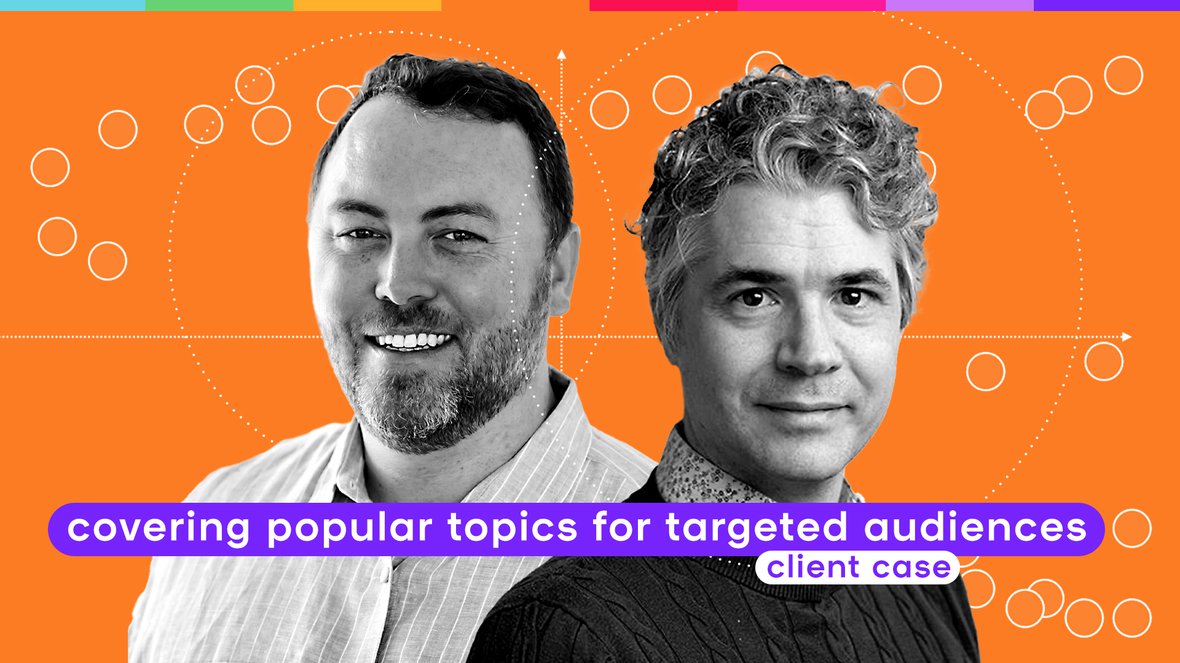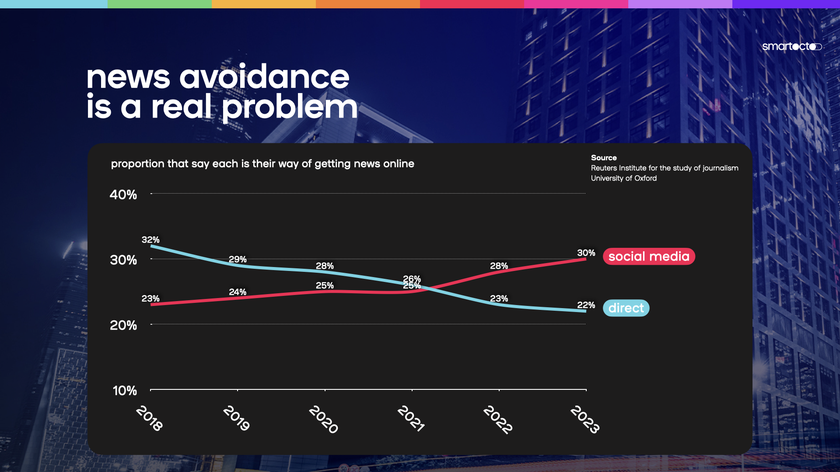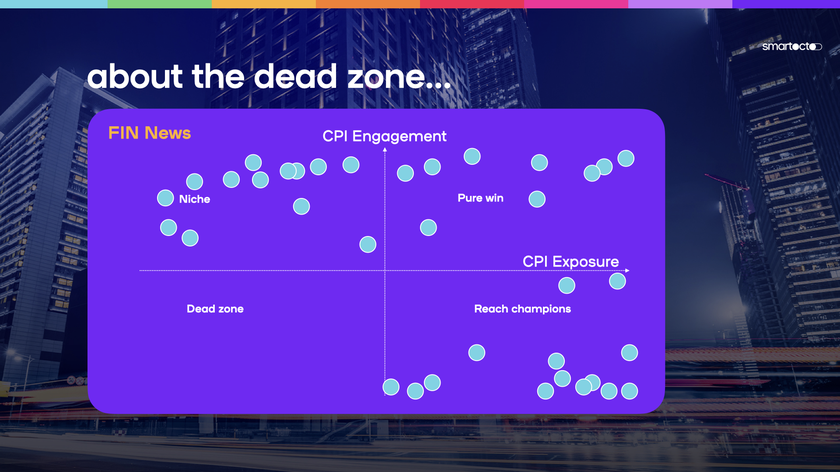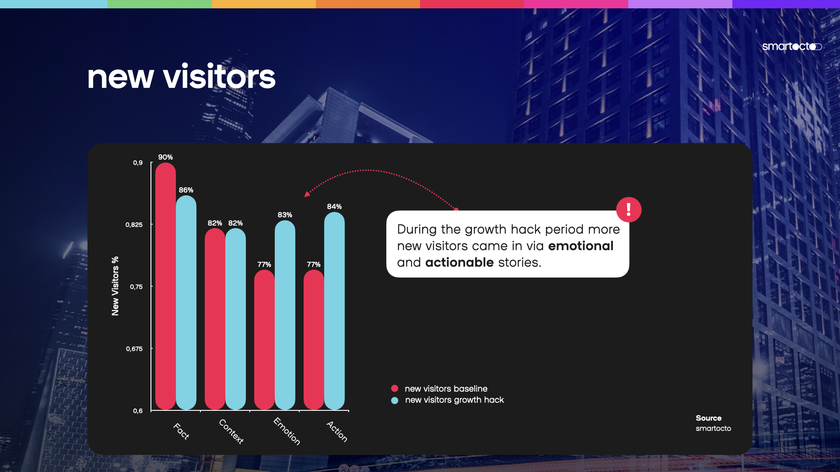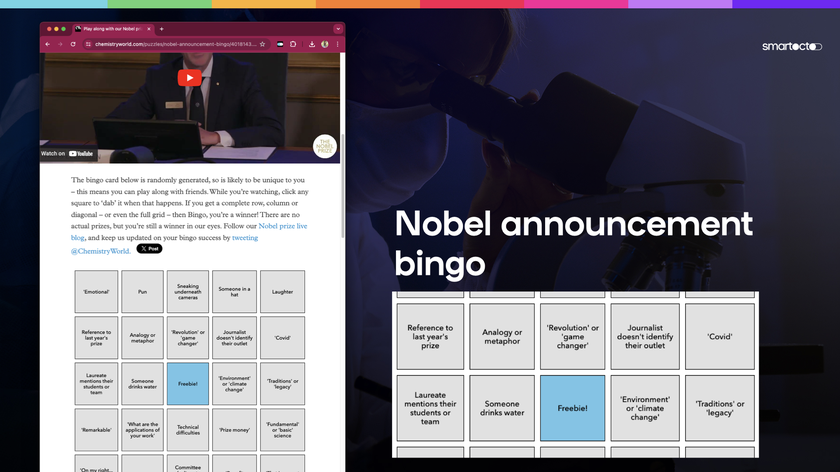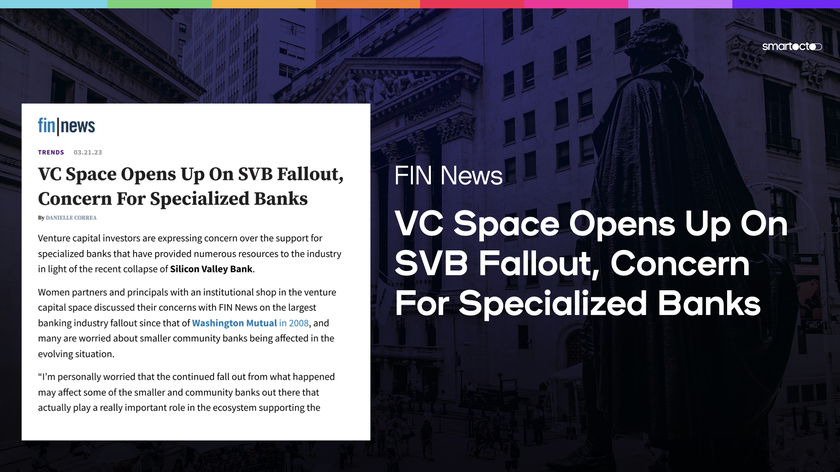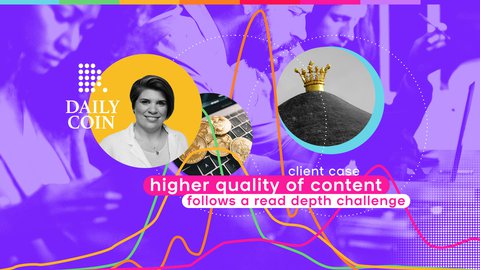Often, you’ll find yourself needing to cover news that appears across your competitors’ front pages as well. You can learn a lot about how to find and adopt a unique angle from what they do at niche news sites, like Chemistry World and FIN News.
There’s an old saying in journalism that even when things are hectic, it’s better to be right than to be first.
We dare to take this even further.
Looking at data research, the sobering reality is that roughly a third of news articles shouldn't have been made at all. They perform badly on all metrics. Bringing the correct facts to your readers isn’t the only aim: you must deliver the story your visitors expect, value and, dare we say it, need.
Research shows that social media platforms are becoming increasingly dominant in being creators of information, compared to news media. Moreover, the era in which the function of social media was simply to relay news from traditional media is over, as Ben Smith argues in his book, Traffic. The fact is that mainstream media are now faced with the challenge of how to distinguish themselves.
